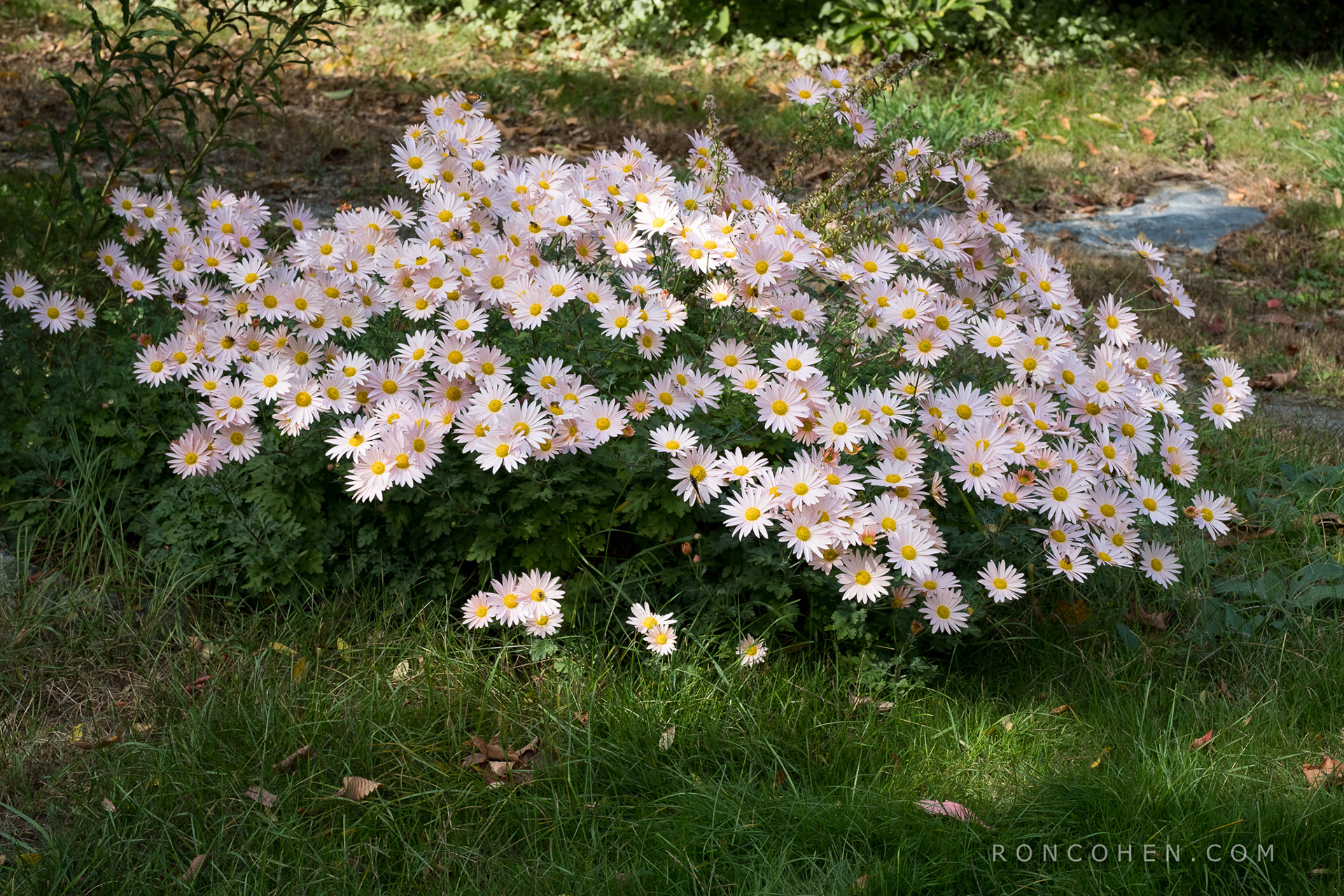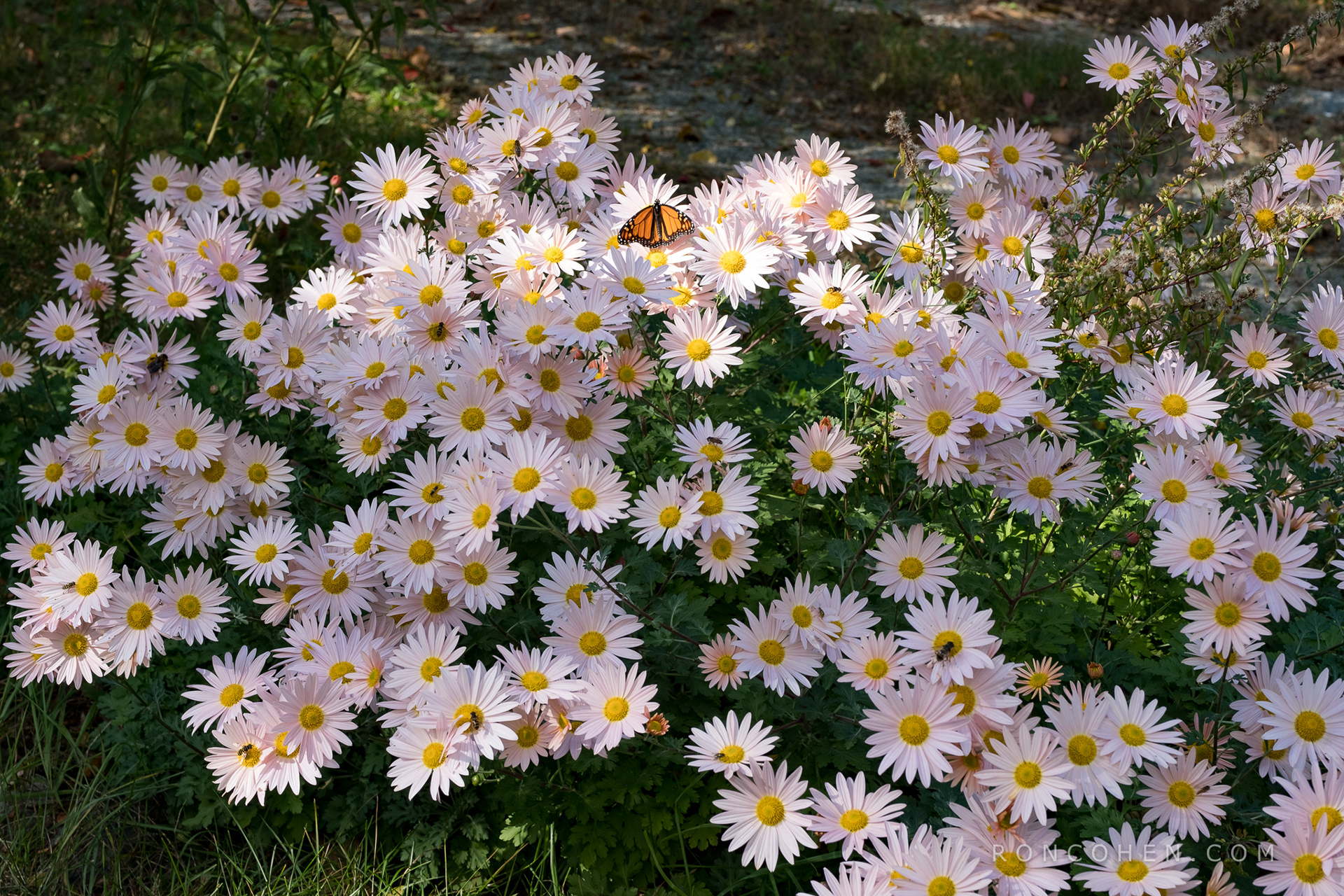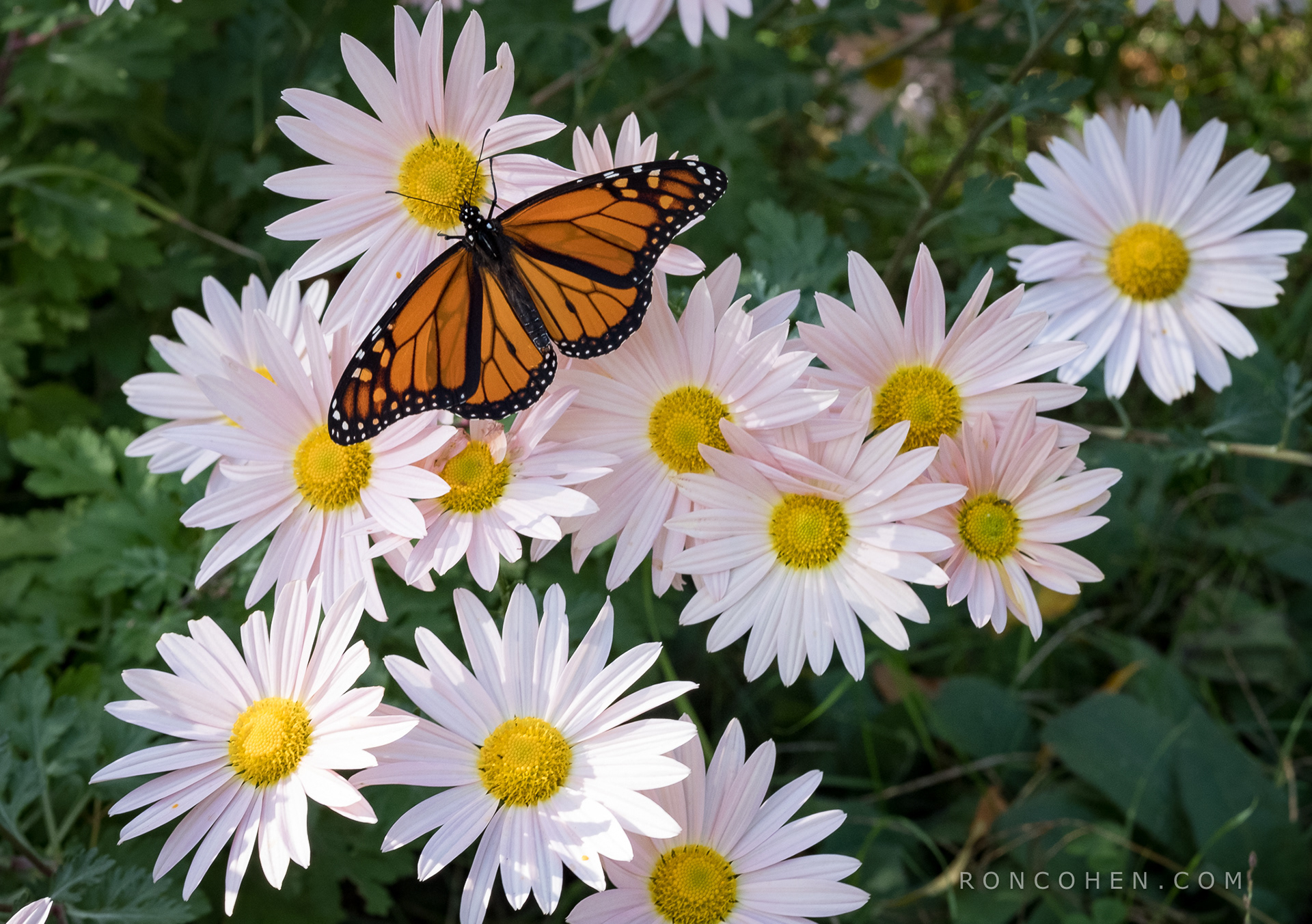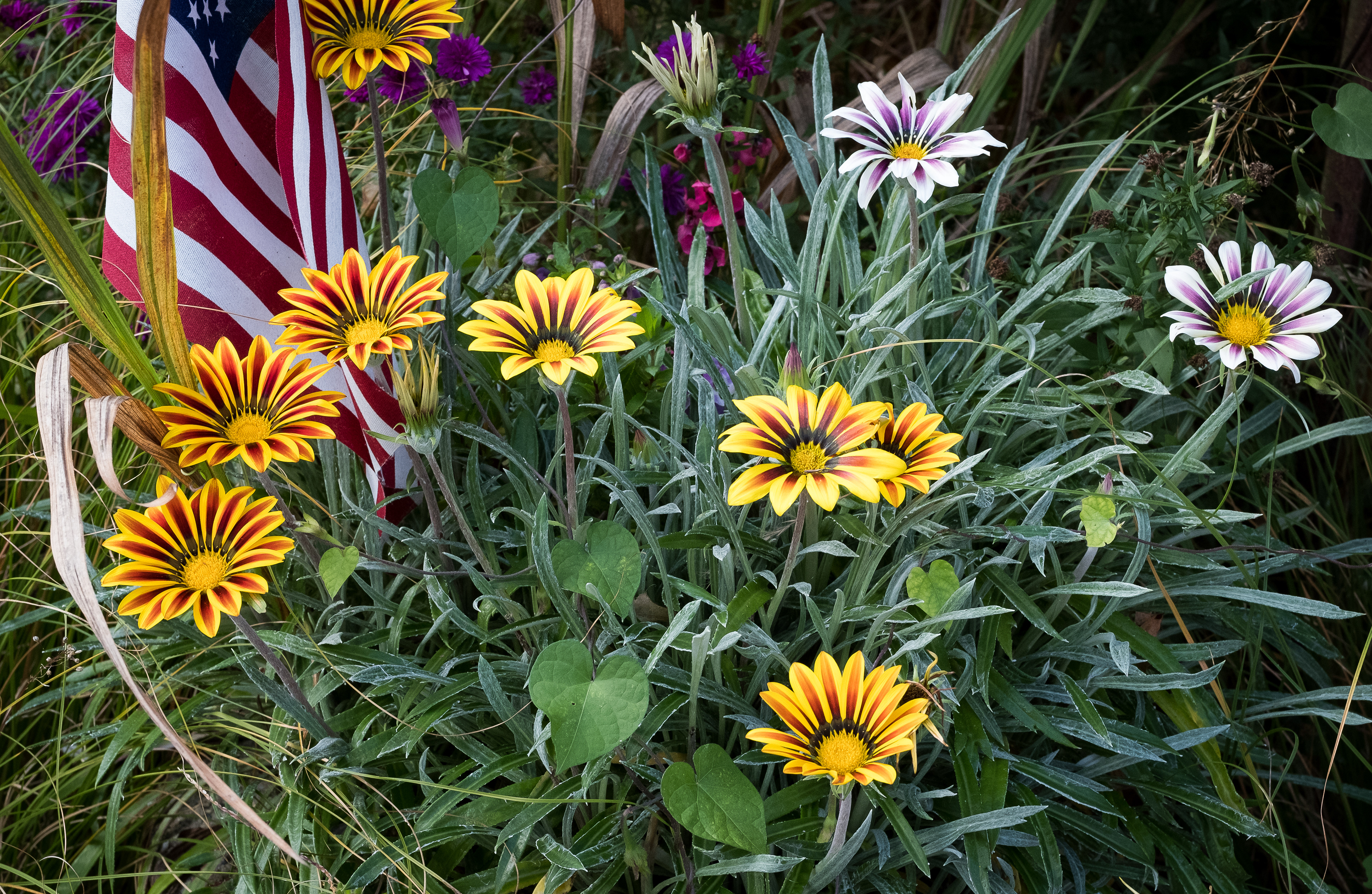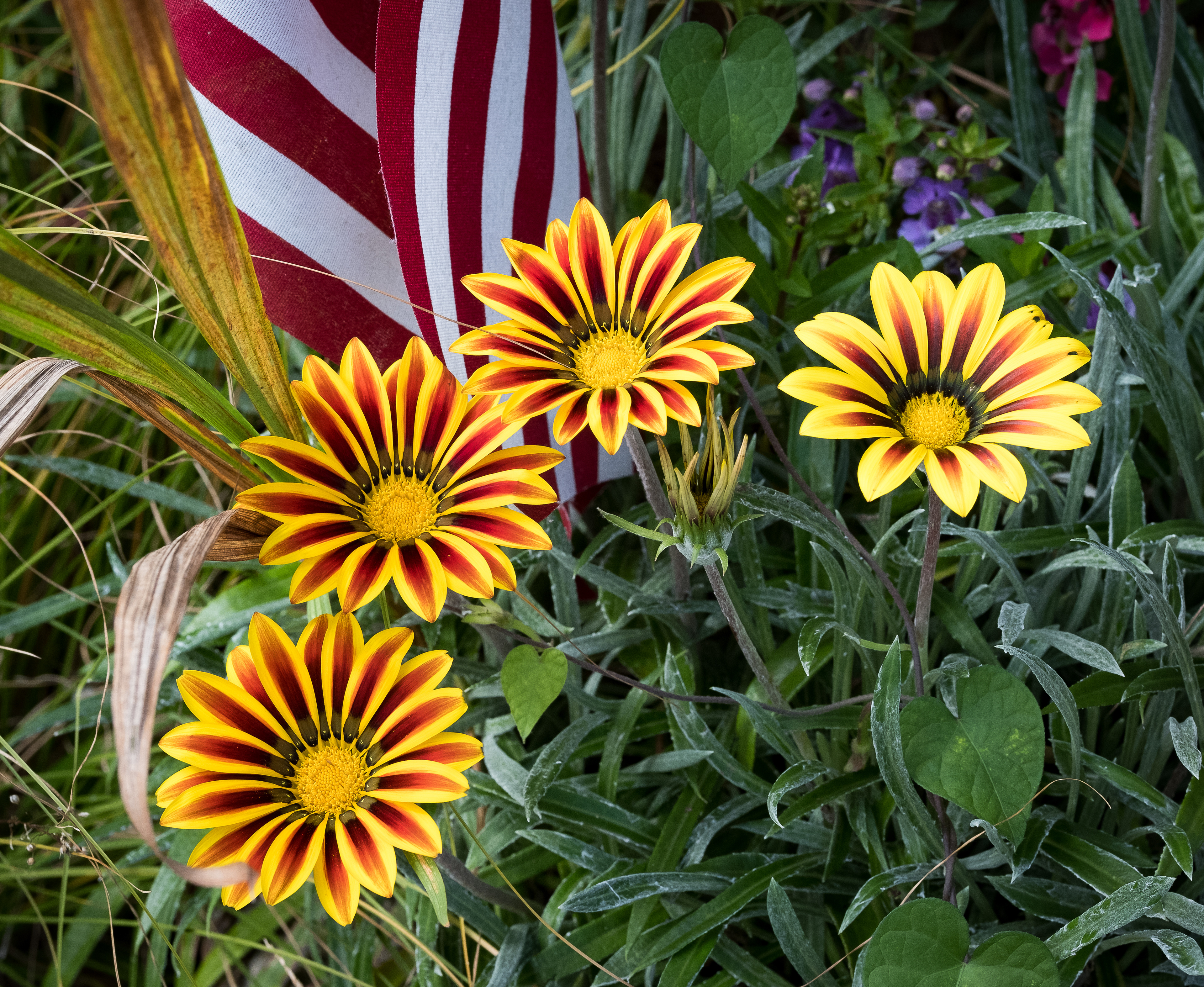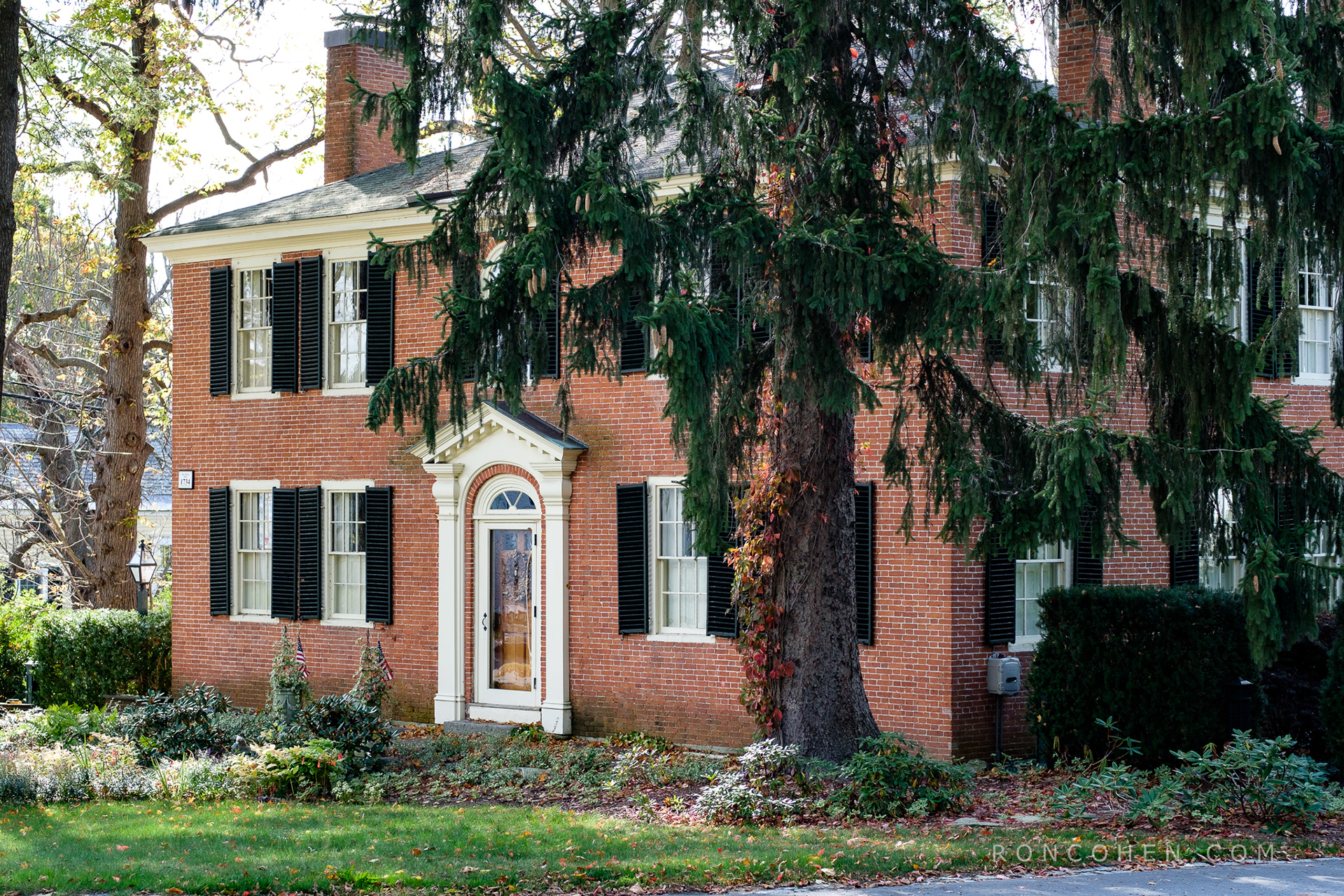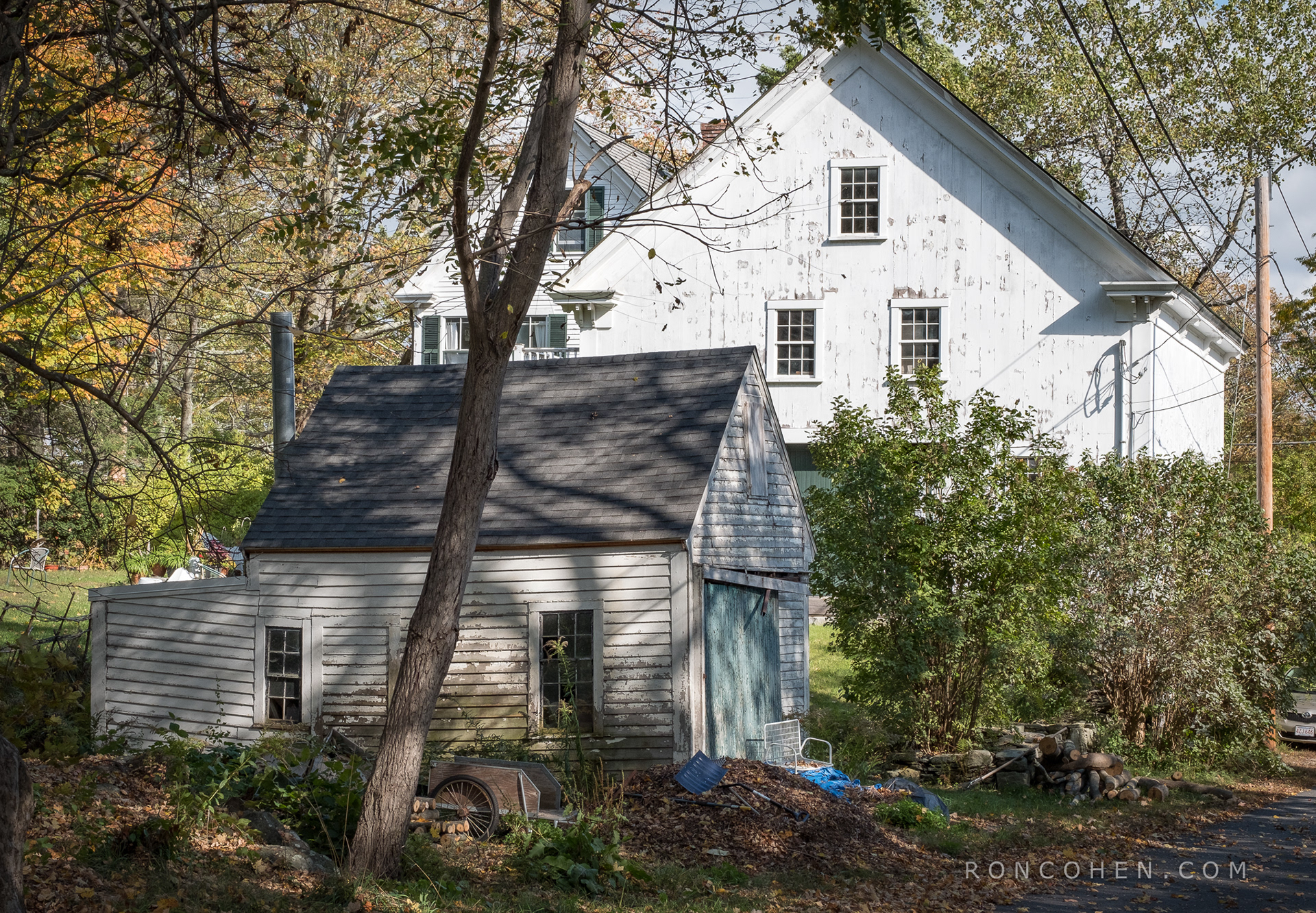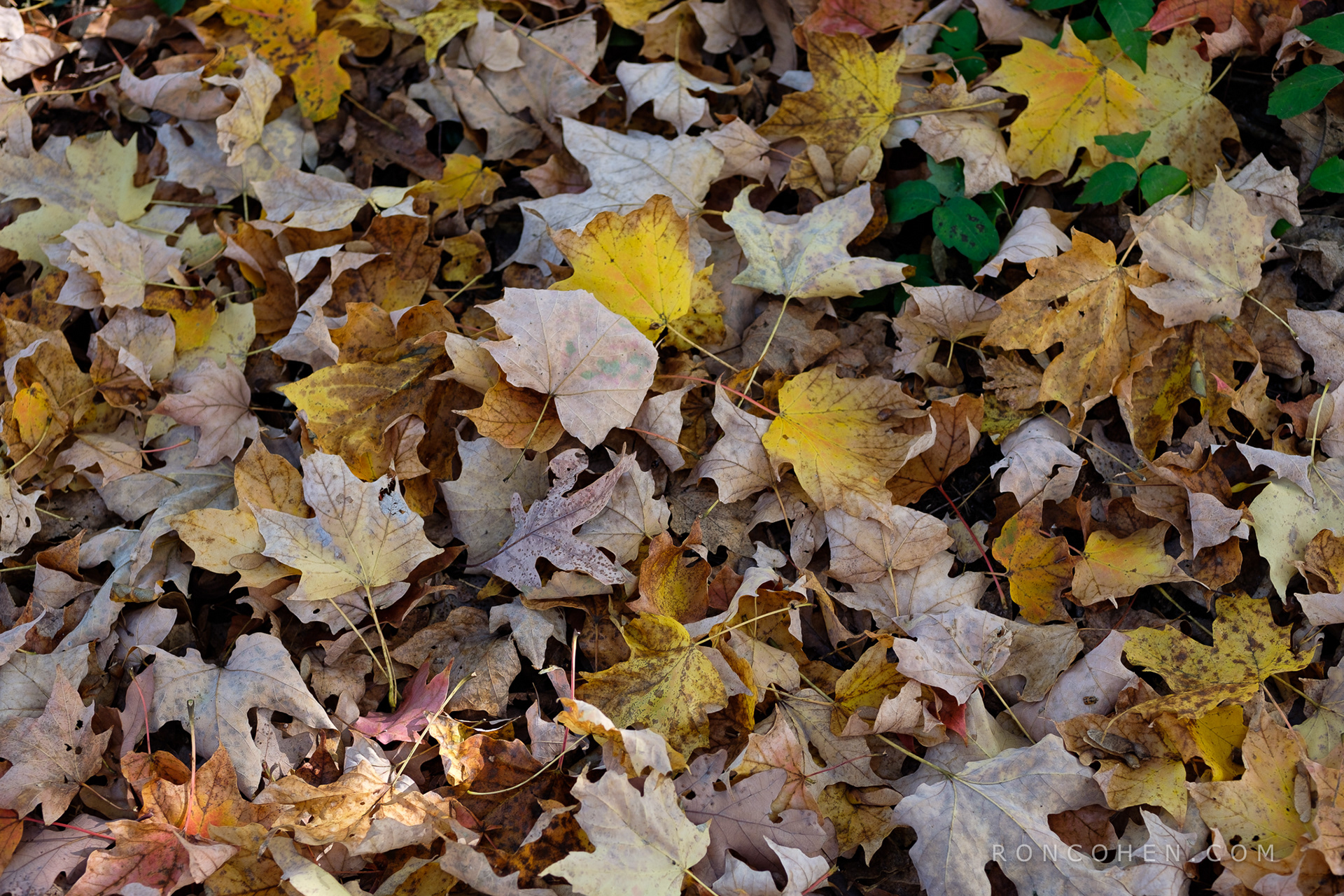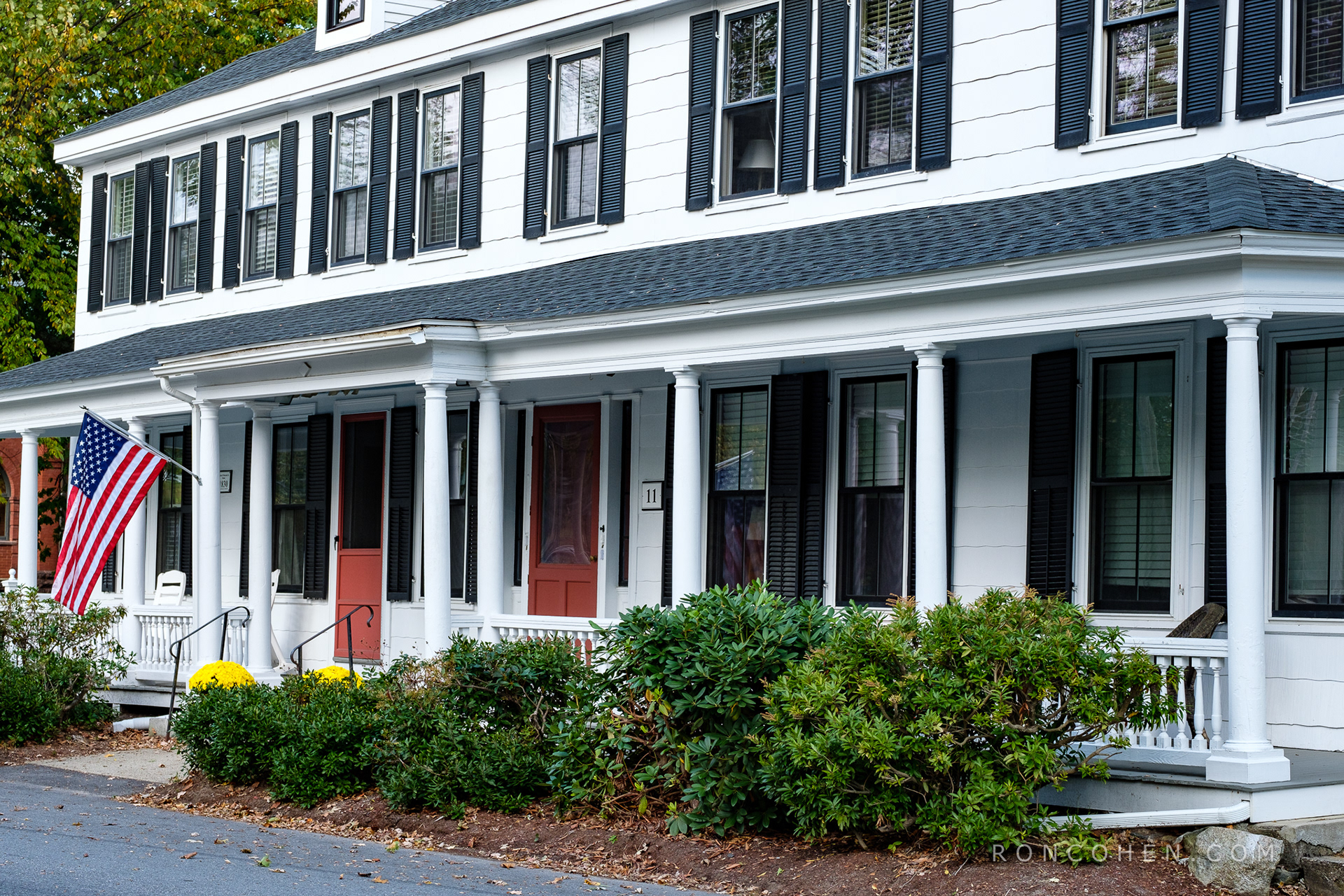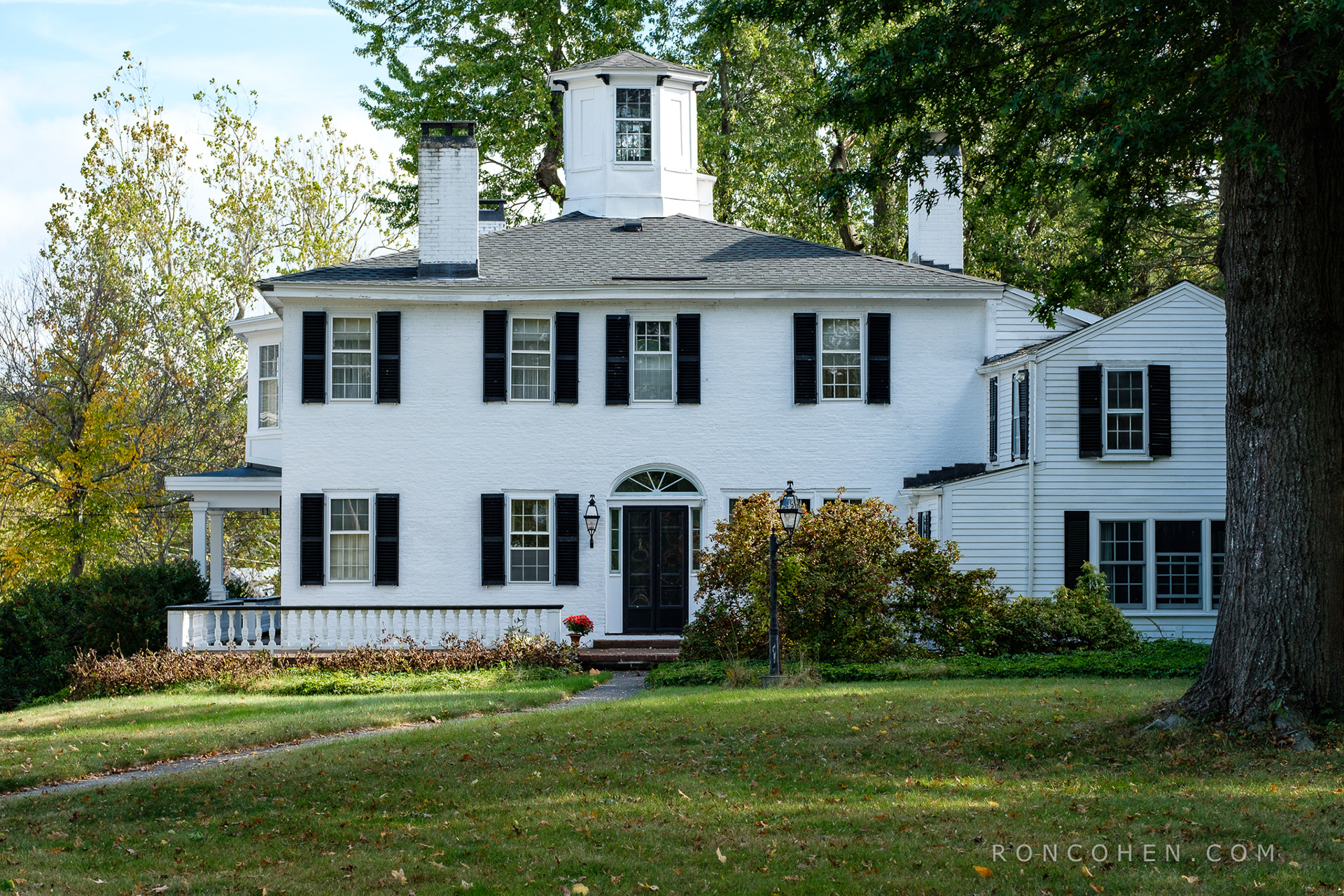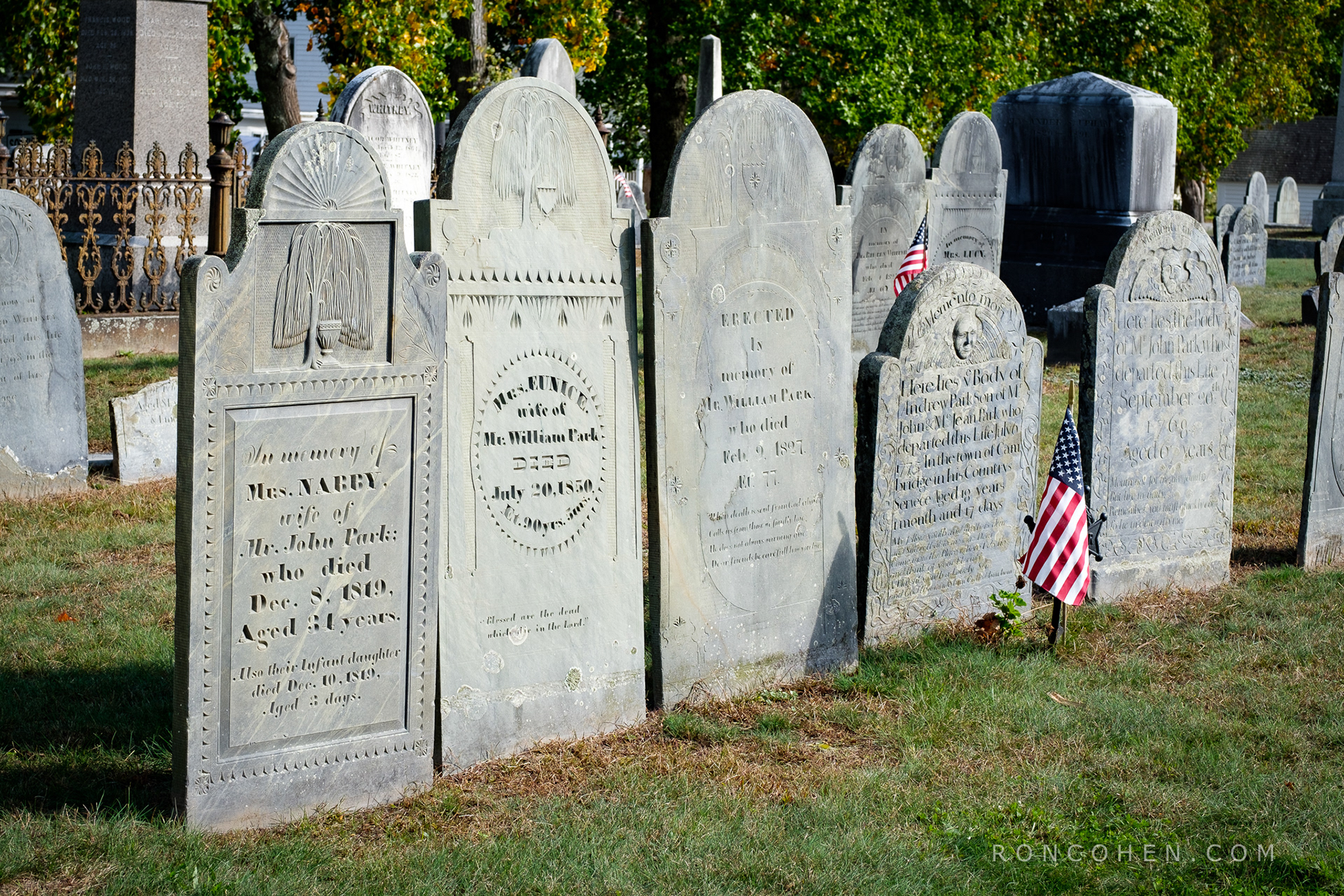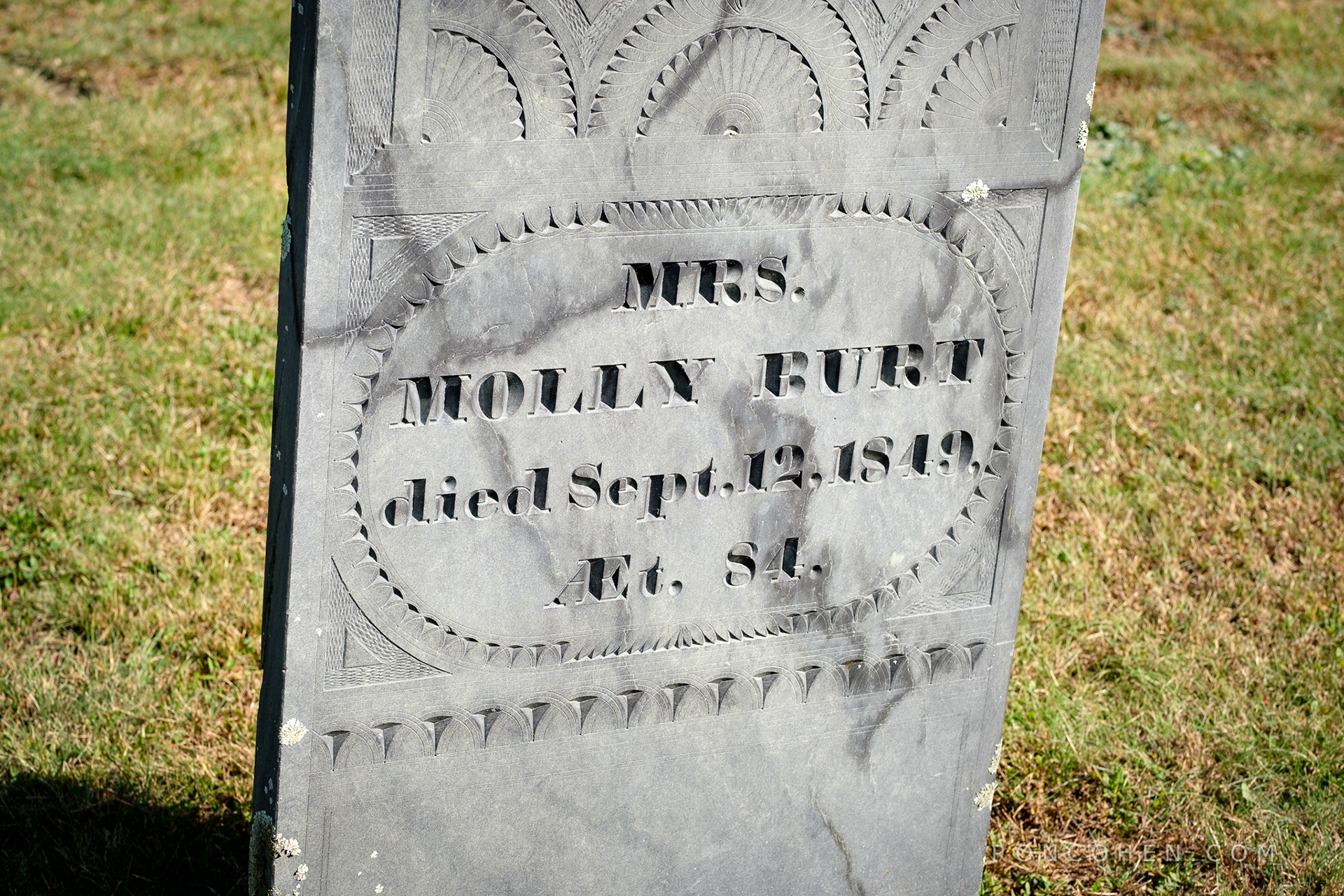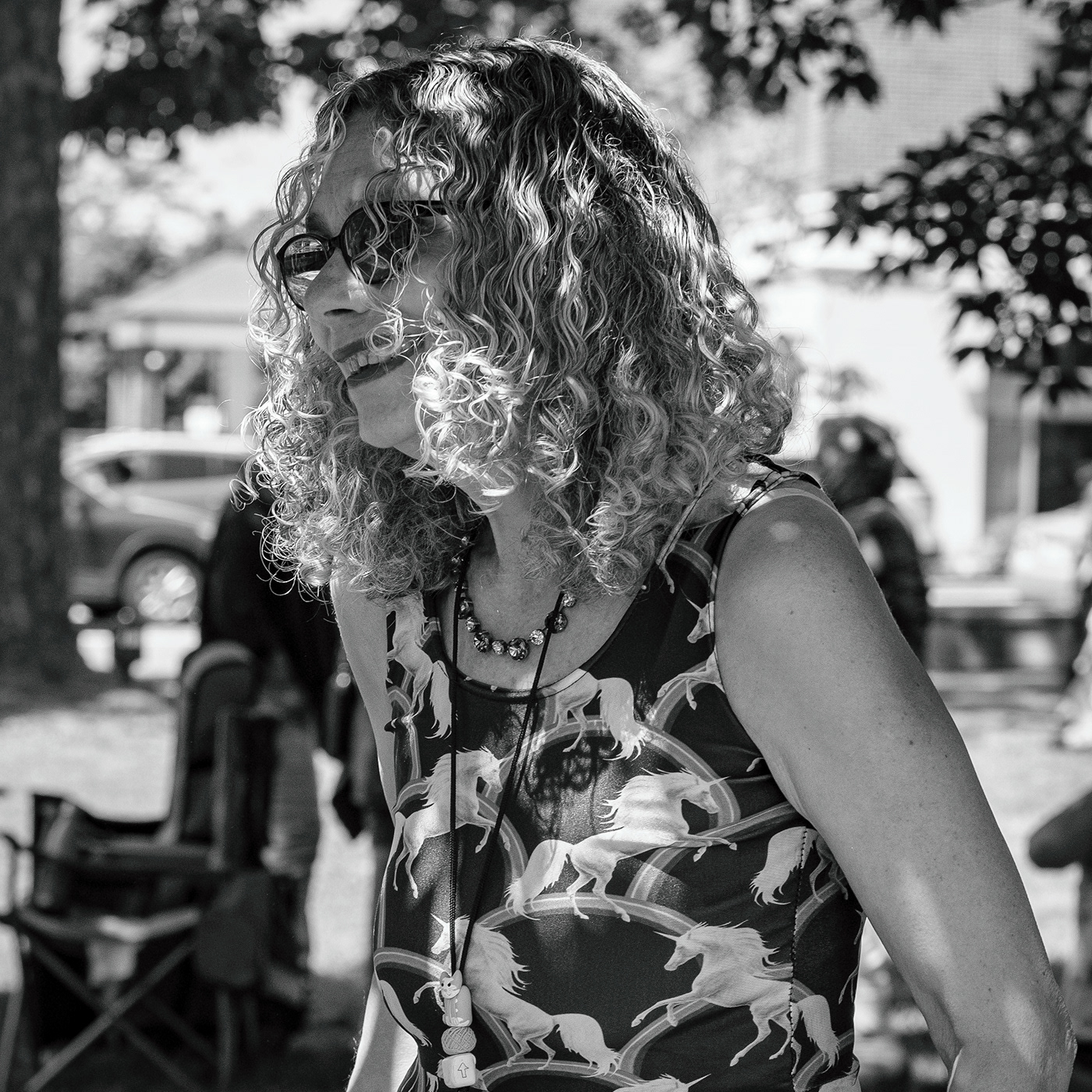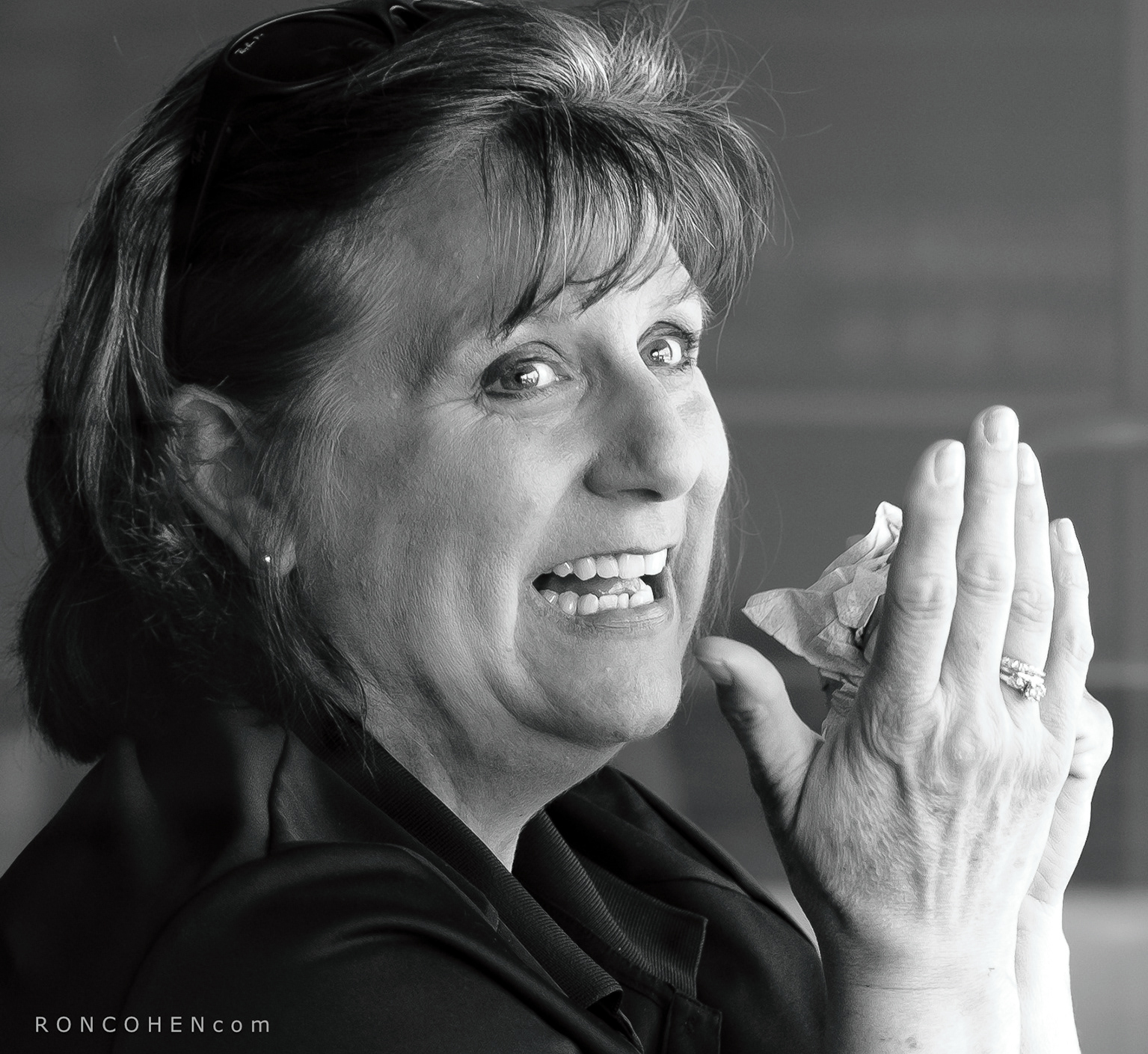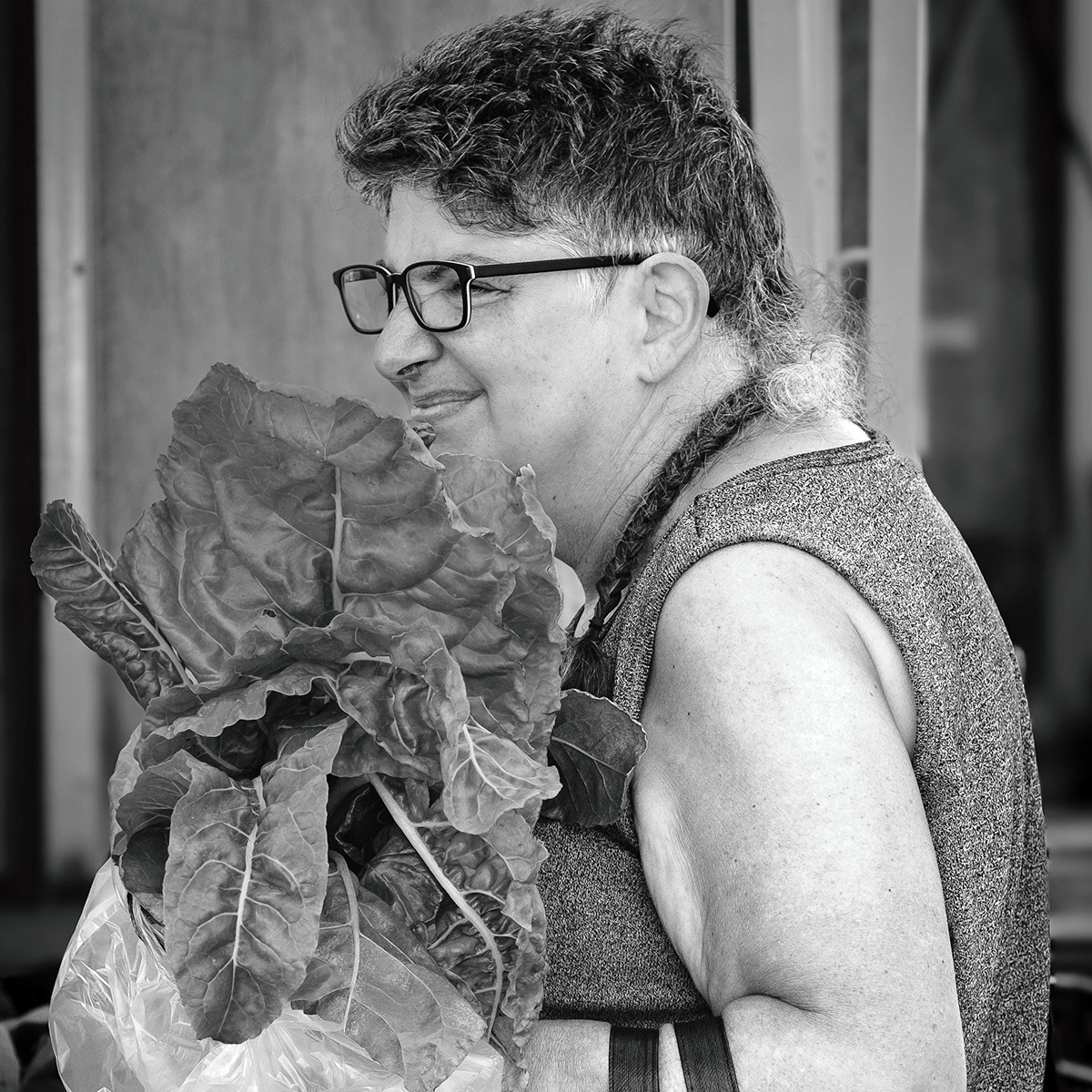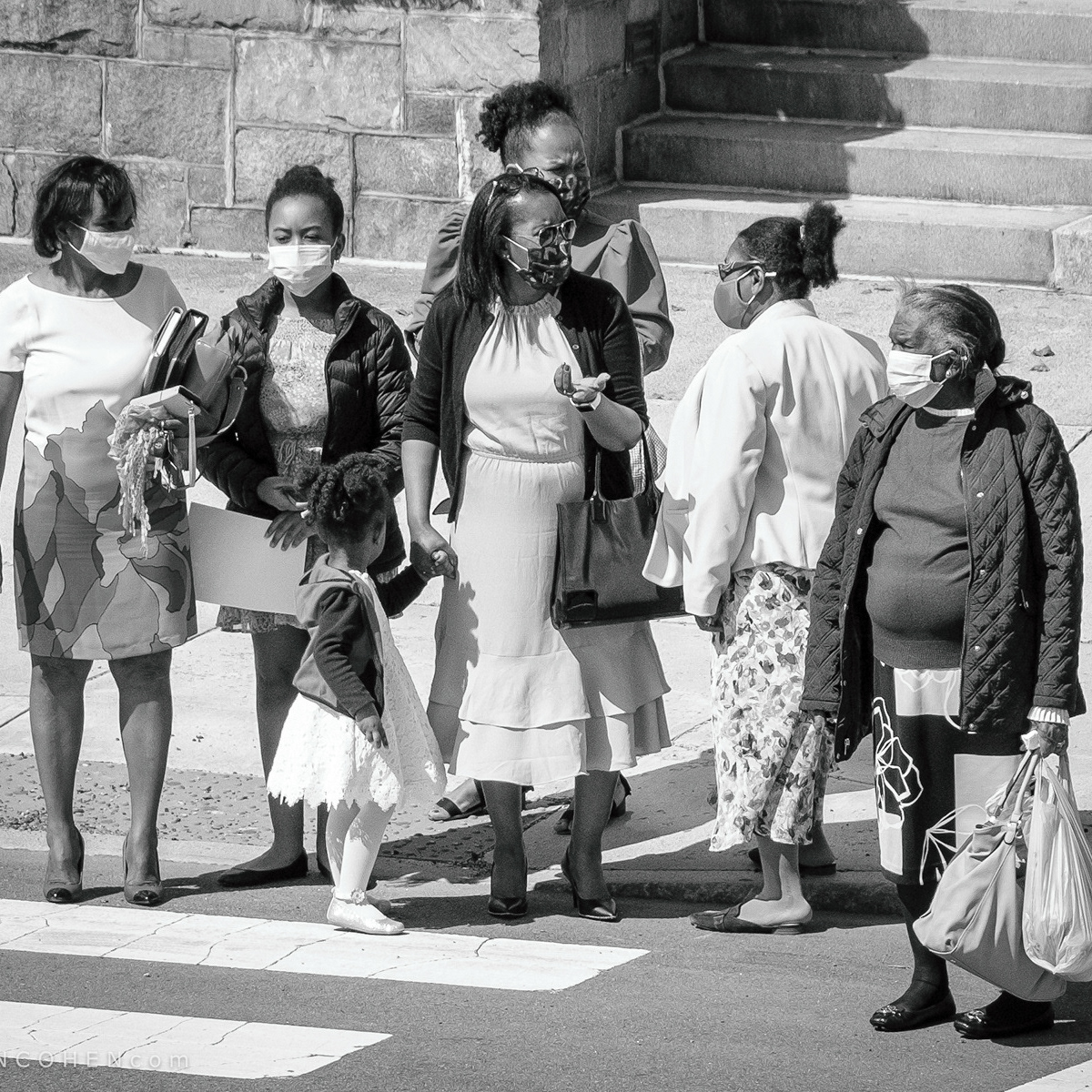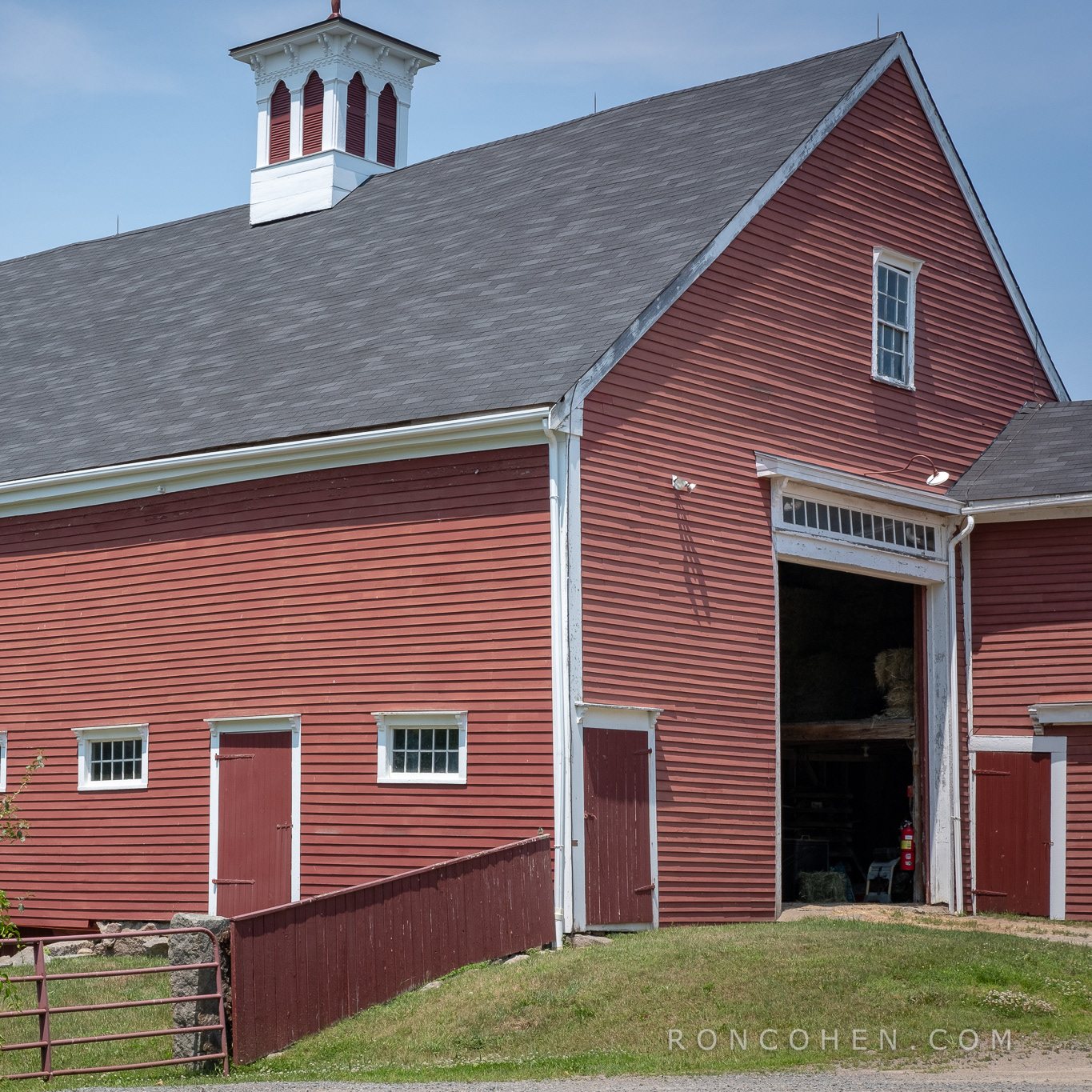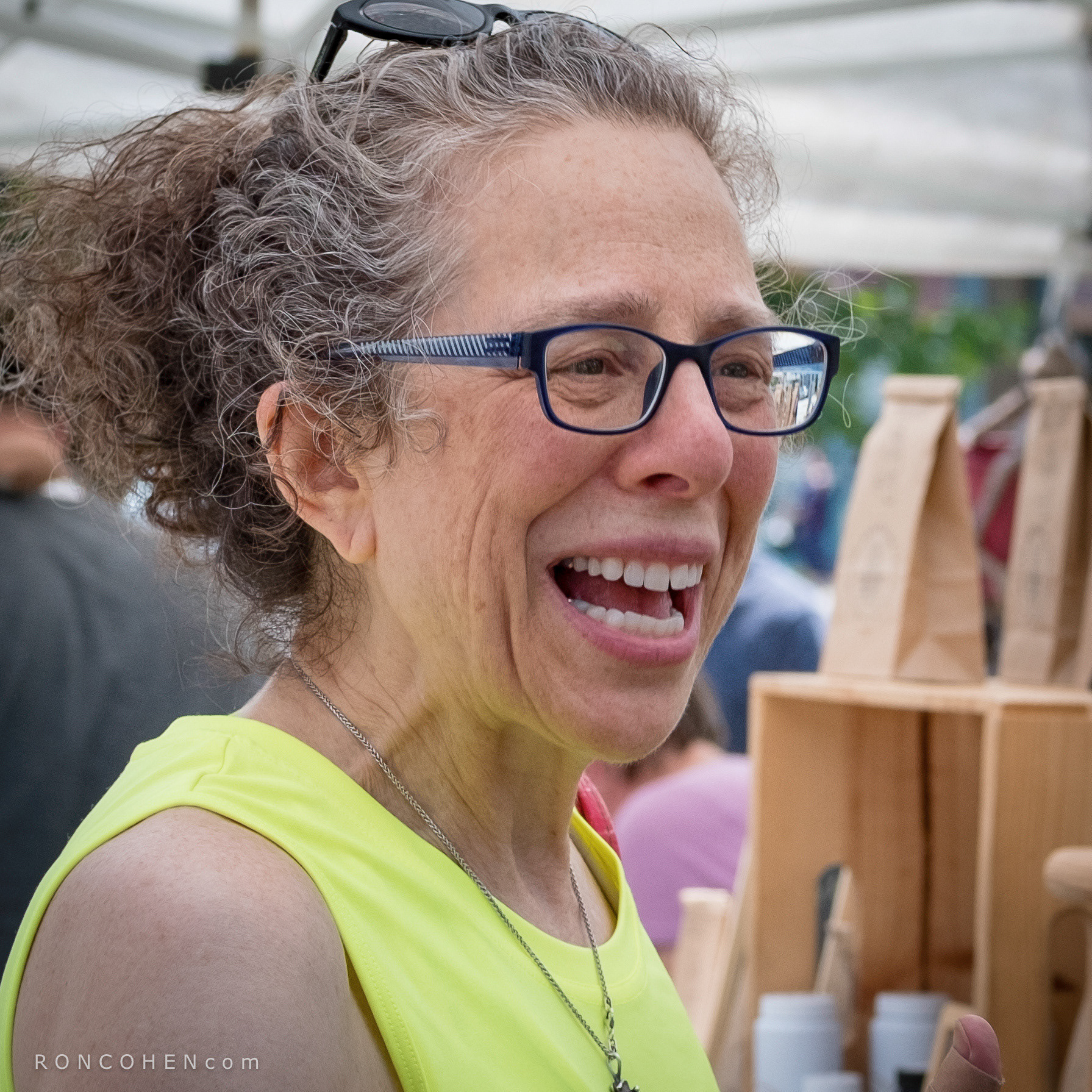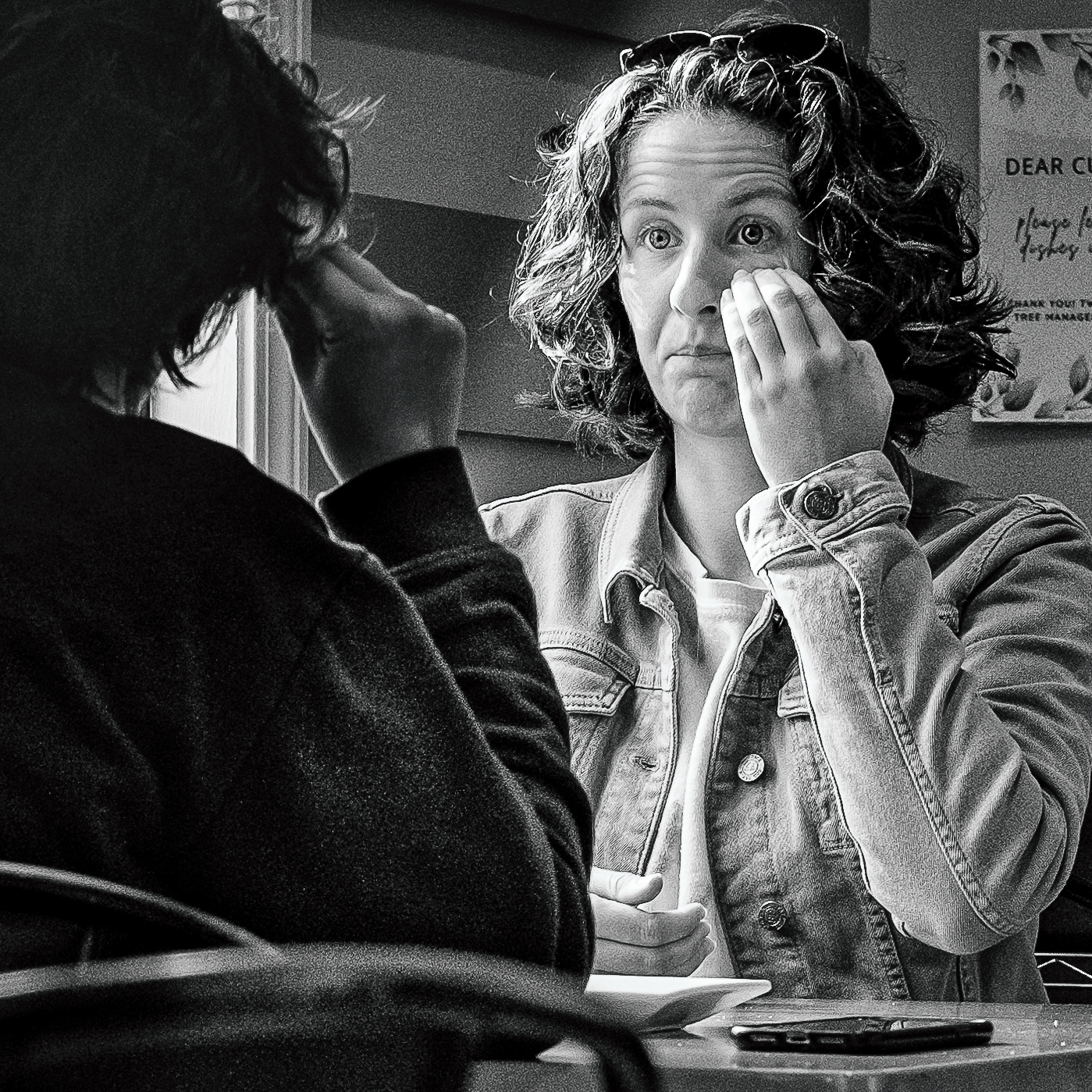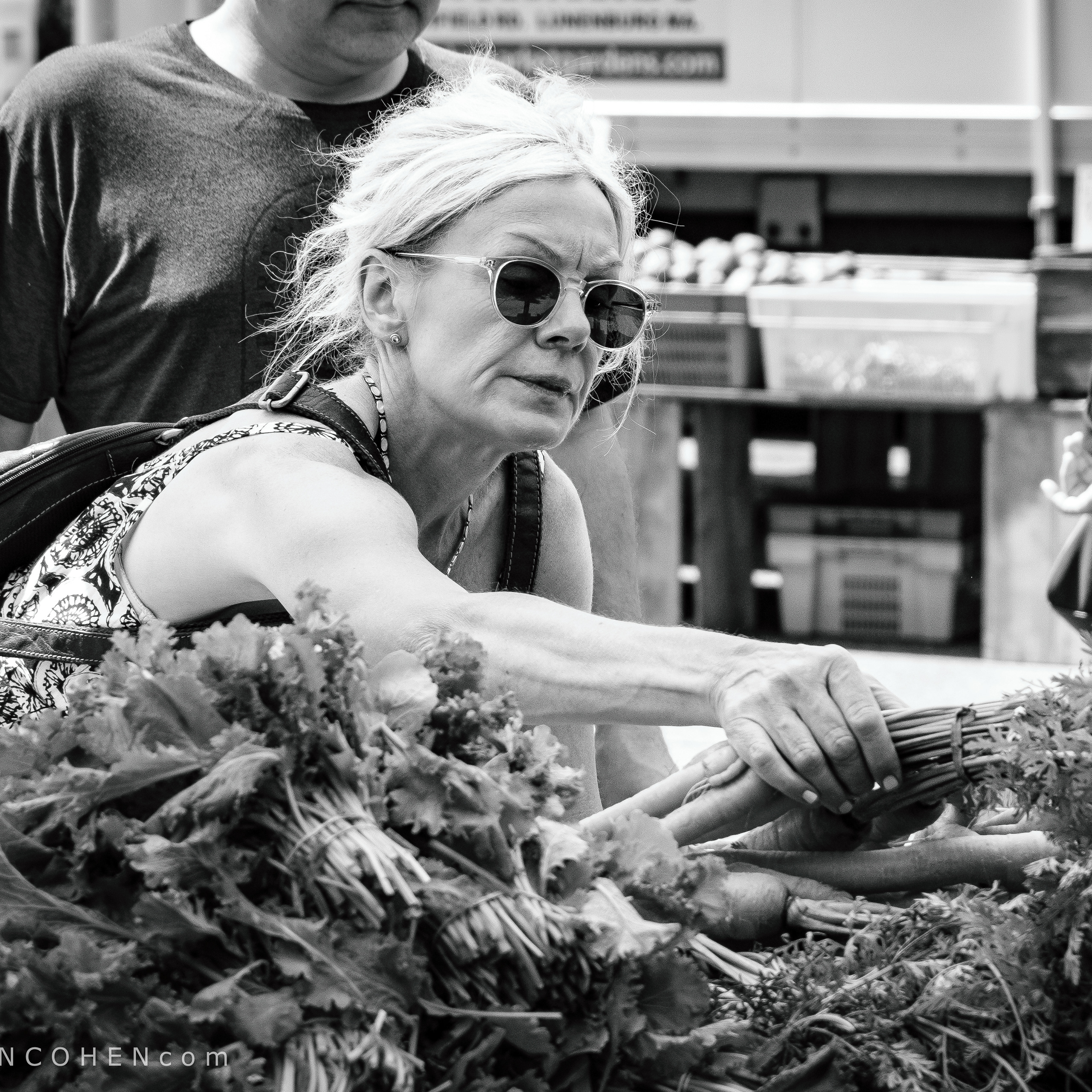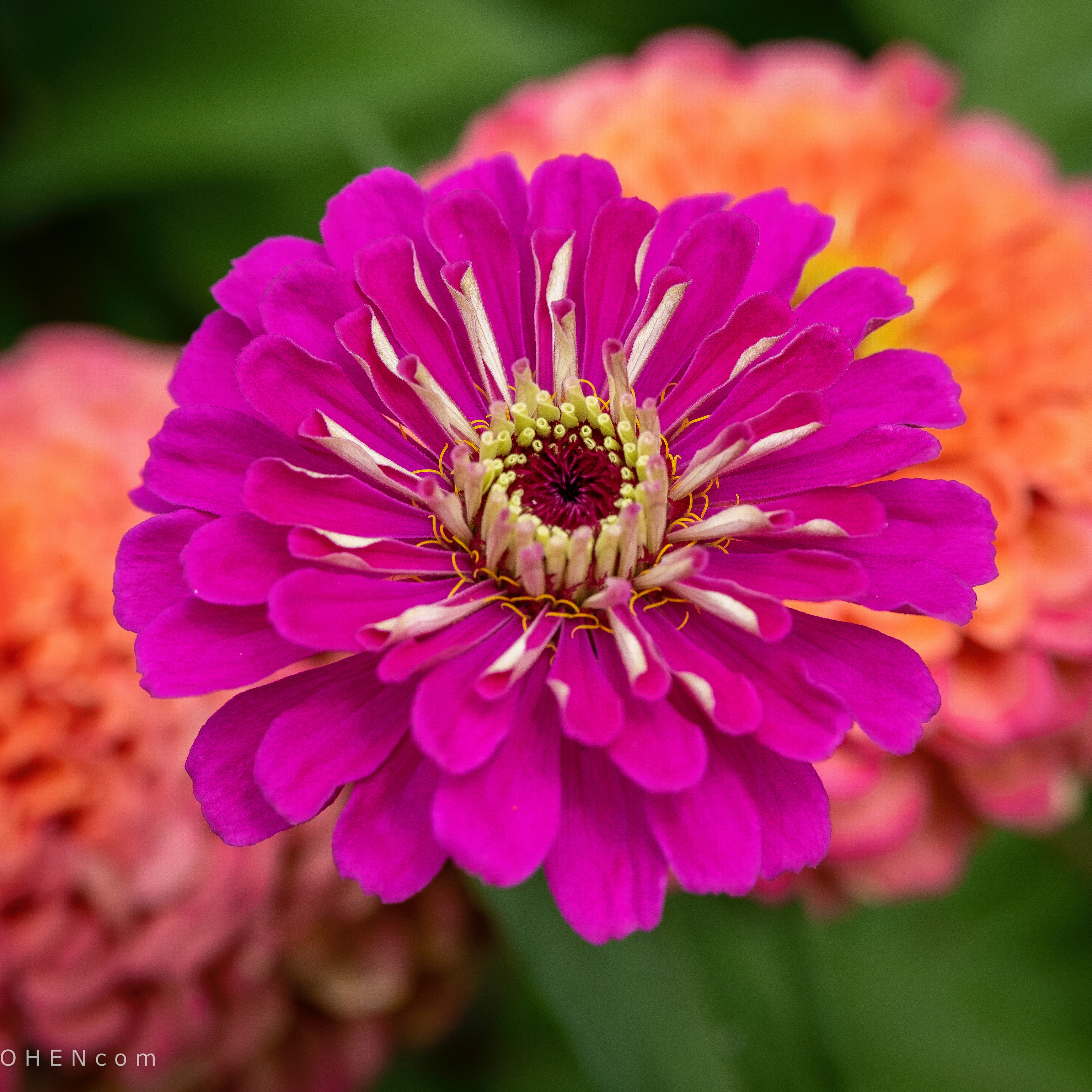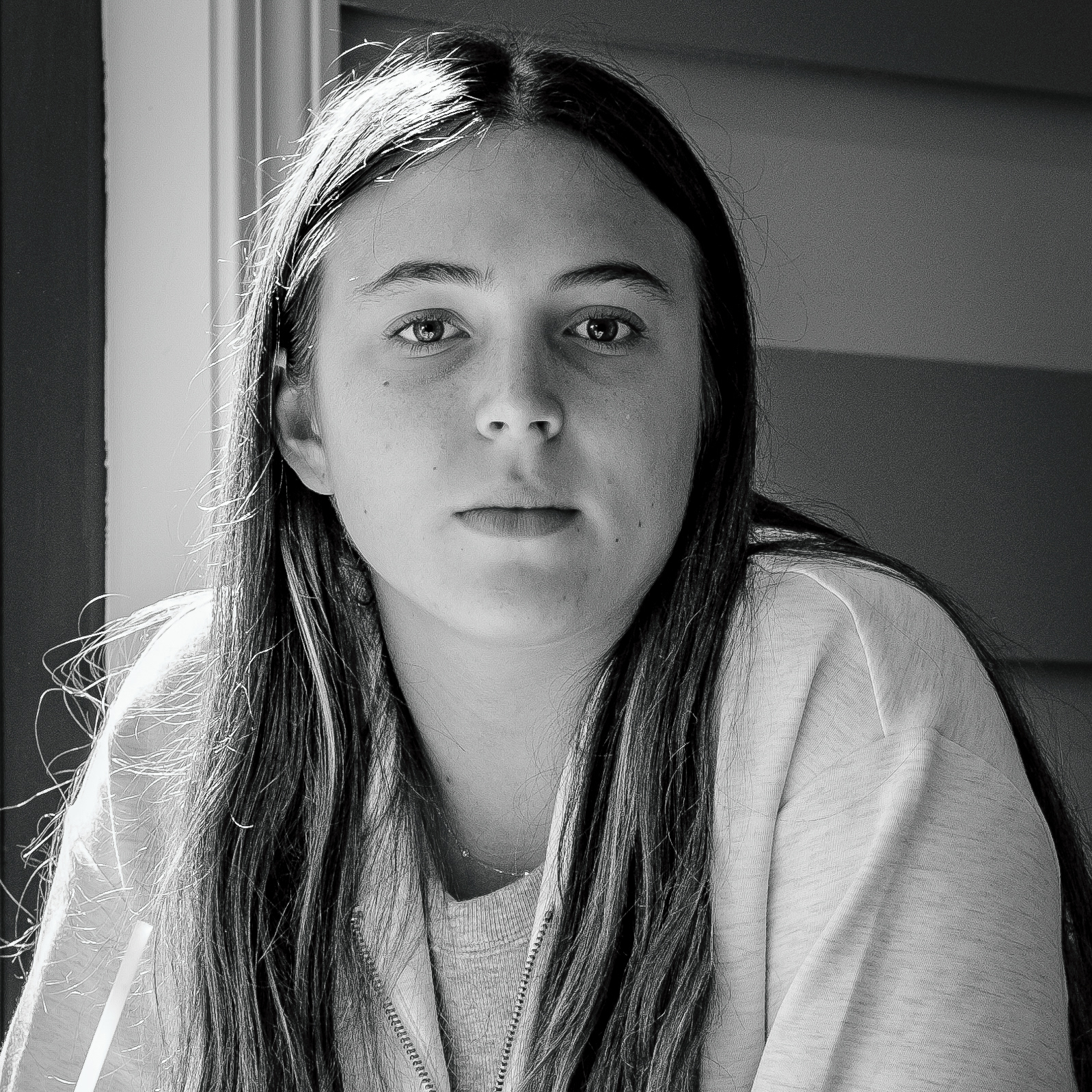Harvard is a small, leafy, bedroom community, some 35 miles northwest of Boston. It is best known today for its apples and fine public schools. Yet it enjoys an interesting history, which saw two non-traditional communities—the Harvard Shaker Village, and the utopian Transcendentalist center, known as Fruitlands.
My brief visit to the town center—the historic district—yielded the following photo impressions. The striped, yellow flowers are Gazania, native to Southern Africa. The red brick mansion was built in 1734, in the Georgian style popular in England at the time. Brick construction was rare, this early, so, its owners must have been wealthy, indeed. The painted-white, brick mansion I first mistook as Georgian, but its asymmetry gave it away. It was in fact built much later, in 1801, during the Federal period of American architecture. The long, white, two-family house was built toward the end of the Federal period, and reflects the classicism of that era with its colonnaded front porch.
Several gravestones bear heart-rending inscriptions. A young woman of 24 died in child birth; then her infant daughter, buried with her, died two days later. A young man of just 18 "departed this Life June 6, 1775 In the town of Cambridge in his Country’s Servece." Three of the stones were erected in the 19th Century, but echo the Puritan funerary style of an earlier generation—in fact, the generation of those buried there. It is amazing to consider that such beautifully precise engravings were carved by hand, in hard slate, without today’s power tools. I found this an enchanting town, one I hope to visit again.
Click any image to open slide show. Use keyboard arrows, or swipe, to move through slides:
